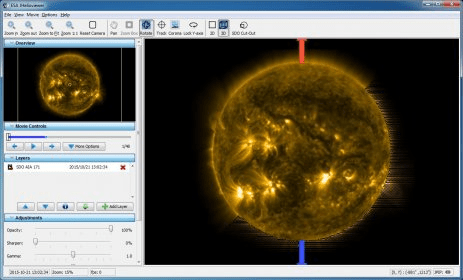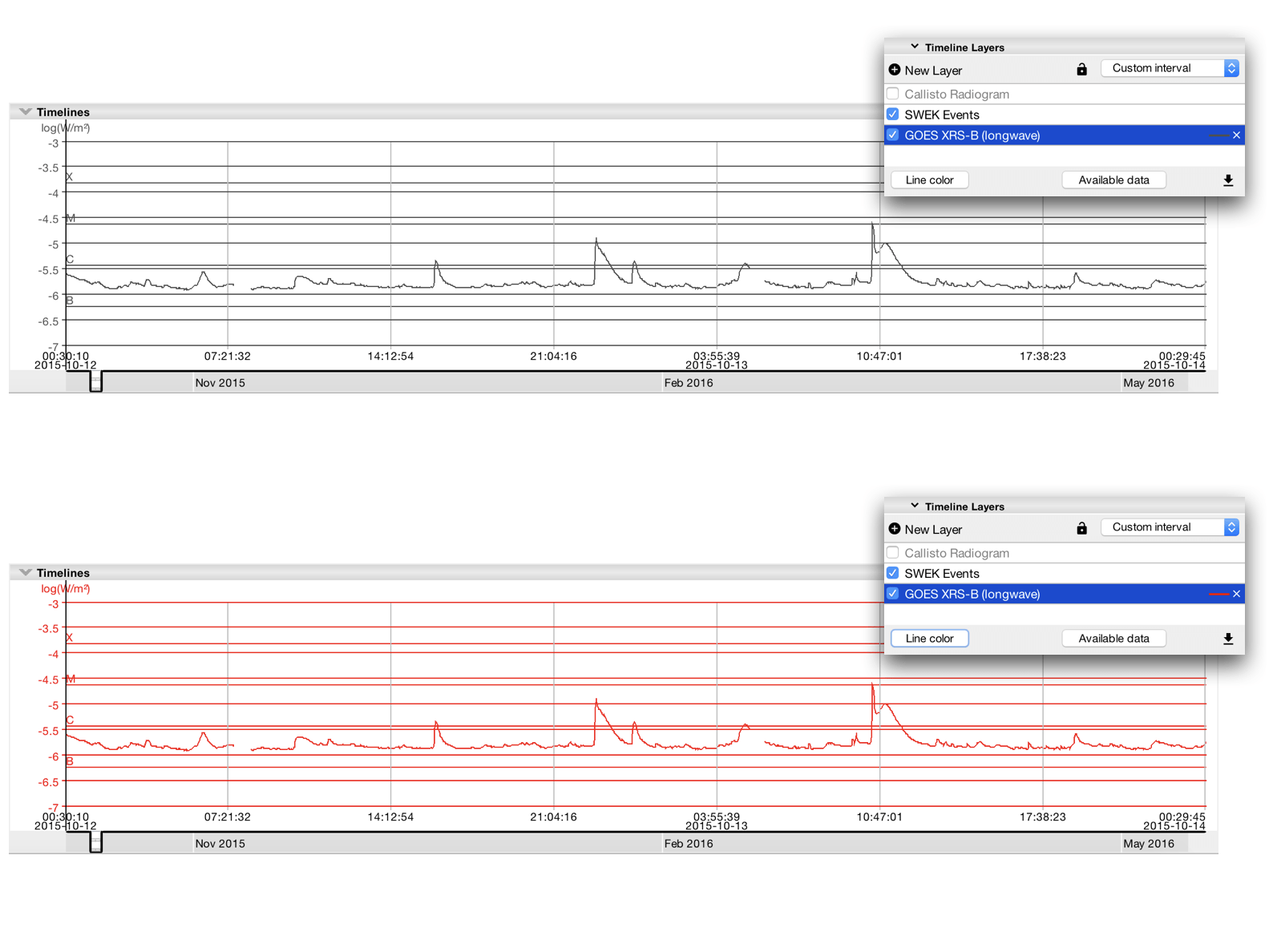

Their presentations was preceded with an overview of ESA exploration activities – the Lunar Lander, Advanced Reentry Vehicle and Expert – by the head of Transportation and Exploration, Bruno Gardini.ĮSA astronaut Frank De Winne, the first European commander of the International Space Station, also took to the stage and presented a well-received overview of his OasISS mission. The day before their presentations, the pupils had the opportunity to visit many of the ESTEC facilities and found the state-of-the-art Concurrent Design Facility particularly relevant to their mission design.

The virtual mission was called AENEA – Human Exploration of a Near Earth Asteroid – and it came to completion last week during the fifth international Master SEEDS (Space Exploration and Development Systems) event at ESTEC, in Noordwijk, The Netherlands.ĮSA supported this academic course to educate young engineers for industries that wish to establish their role in the international space arena. This video can also be seen on the NASA website: Īfter a year of intensive studies, young engineers from Europe faced an unusual but challenging task on the future space exploration: can you safely transport humans to a near-Earth asteroid in an international endeavour?

I'm finding I can fly so high above with youĪrousing of a mighty monster from its sleepĪnd everyone who sees us greets us as we fly The people far below are sleeping as we fly :36 - Aurora Australis over the Indian Oceanġ:55 - Northern United States to Eastern CanadaĢ:12 - Aurora Australis over the Indian Ocean Set to the song "Walking in the Air," by Howard Blake, the video takes viewers around the world, through auroras, and over dazzling lightning displays.
#Jhelioviewer online series#
It is based on the JPEG 2000 image compression standard and written in Java and OpenGL.This video features a series of time lapse sequences photographed by the Expedition 30 crew aboard the International Space Station. JHelioviewer has been developed as part of the ESA/NASA Helioviewer Project. This demonstrates how users of JHelioviewer can zoom in on regions of the Sun that they wish to examine in detail. This screenshot shows a close-up, taken with NASA's Solar Dynamics Observatory (SDO) on 6 December 2010, of a magnetic filament snaking around the Sun's south-eastern limb. The tool allows users to overlay series of images from the Sun, from different instruments, and compile an animated sequence, which they can then manipulate as they watch, in order to follow a solar event from start to finish.
#Jhelioviewer online software#
JHelioviewer is an interactive, open-source software package that allows users to access over 14 years worth of data from the ESA/NASA Solar and Heliospheric Observatory (SOHO) along with the latest information beaming back from NASA's Solar Dynamics Observatory (SDO). This screenshot captures a view of the JHelioviewer user interface. JHelioviewer screenshot (Filament eruption, NASA SDO)


 0 kommentar(er)
0 kommentar(er)
